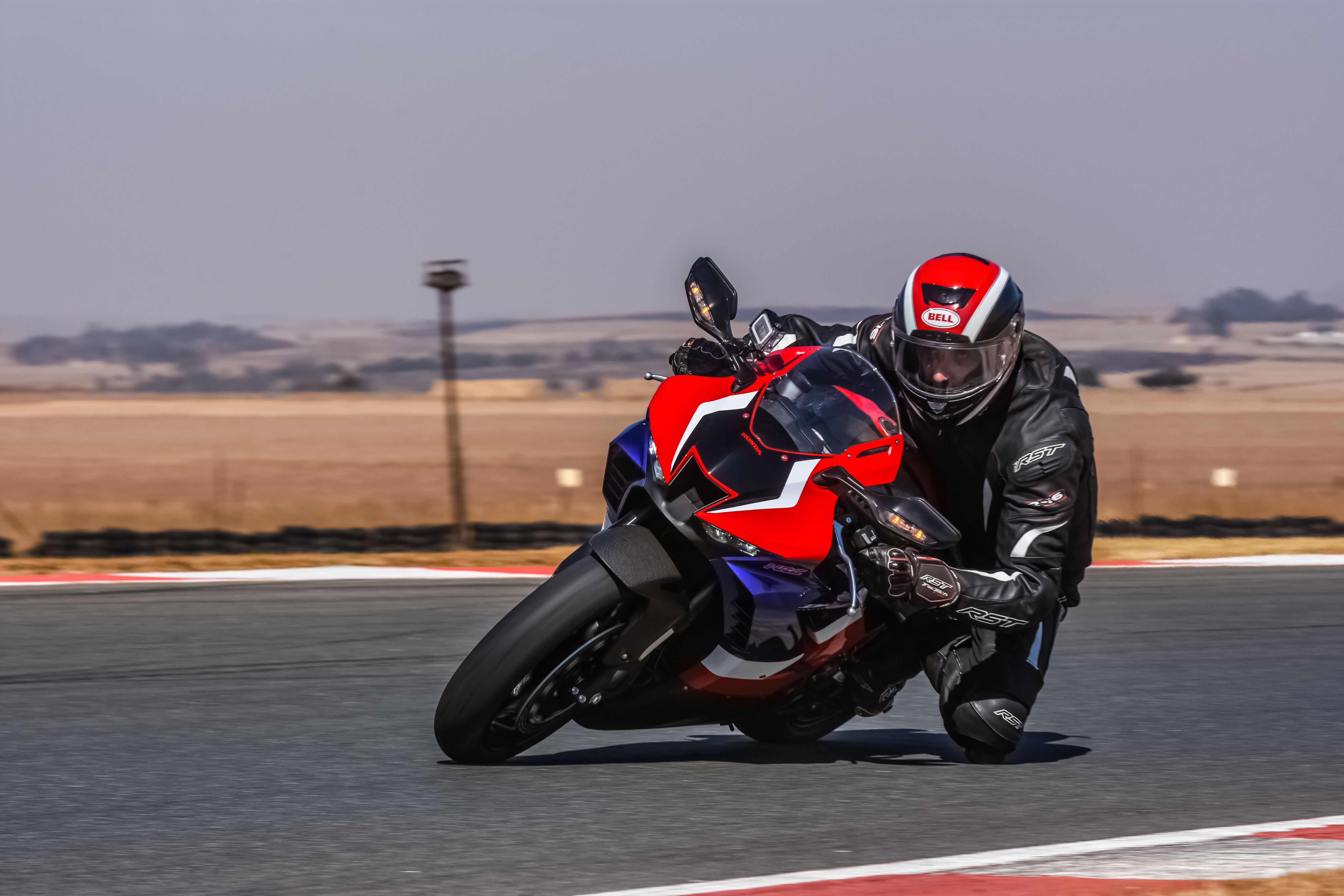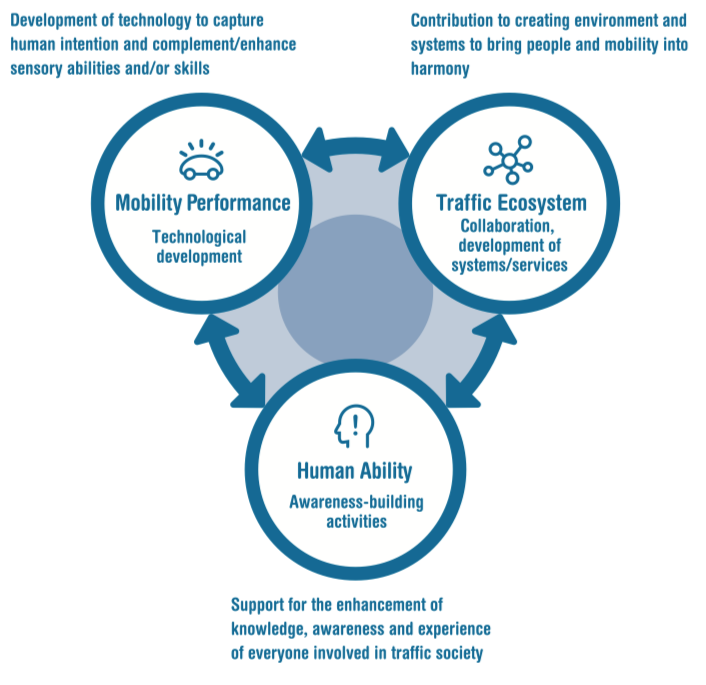Honda believes it is responsible for the safety of all its drivers and riders and is introducing new tech that will prevent collisions between cars and bikes. The Japanese company wants it to be fitted to all its new models by 2050, which might be possible in developed countries but raises questions about emerging countries where a vast majority of its products are sold. As many of these are in the budget range, is it viable to fit expensive tech to them?
Honda Believes It Is Responsible For Rider and Driver Safety
It’s an age-old argument; who is responsible for deaths on the roads - the people who ride or drive or the manufacturers who build the vehicles in the first place?
Japanese motorcycle manufacturer Honda has stated that it is responsible for the safety of all its riders and, to that end, wants to eliminate all rider and driver fatalities involving its bikes and cars by 2050.
The natural question is to ask, ‘how on earth can they do that?’ Well, Honda claims that it will be through new technology that it is working on and the basic premise is to avoid collisions as a primary measure.
This technology comes in the form of advanced driver-assist systems that will help to avoid collisions between cars and bikes.
A Honda statement reads thus;
“In terms of expanding the range of our safety technologies, since many motorcycle collision fatalities involve automobiles, we will strive to apply our omnidirectional advanced driver-assistance system (ADAS) to all new automobile models we introduce in developed countries by 2030.
“By leveraging the knowledge and know-how we have amassed through research and development of our Level 3 automated driving technologies, we will further enhance the intelligence of ADAS to increase the percentage of collision patterns covered by our ADAS.”
Honda’s goal is to equip new models with the tech by 2030. The company has already fitted it to the HR-V car, allowing it to brake if it senses a collision with a motorcycle.
The main problem with this is the phrase, ‘developed countries.’ Given that the biggest growth for many motorcycle manufacturers is in emerging countries, not developed ones, is a target of 2050 realistic?
On this point, Honda had the following to say;
“The major challenge we will face as we work toward this goal is how to eliminate motorcycle collision fatalities in emerging countries. In the current situation, where we struggle even to collect accurate accident data, we must say that the hurdle we have to clear is extremely high. However, we have a social responsibility as the biggest manufacturer and seller of motorcycles in the world.”
To achieve its goals in emerging countries, Honda is going to have to go further than just equipping vehicles with the new tech. It will require grass-roots work on traffic infrastructure and government policies, not to mention safety education of the populations, something that will not be easy.
The tech will no doubt be expensive, making it potentially unsuitable for emerging countries which generally consume smaller and cheaper models. One ting Honda can do is to increase the efficiency of items such as motorcycle brakes and lights to try and prevent accidents rather than fitting high-end tech to only a small proportion of cars sold there.
While we have to applaud Honda and other manufacturers for trying to tackle the problem head-on, it is clear that there will never be a one-answer-fits-all solution. Just as it is all well and good for the developed world to put down legislation to stop the sale of ICE-powered vehicles by a certain date, the solutions will not be that easy to implement in third-world countries. It’s the same with complicated and expensive electronic systems in countries where the vast majority of cars on the roads are well over ten years old and are likely to stay that way for a long time to come and where large and luxurious cars and bikes are conspicuous by their absence.



